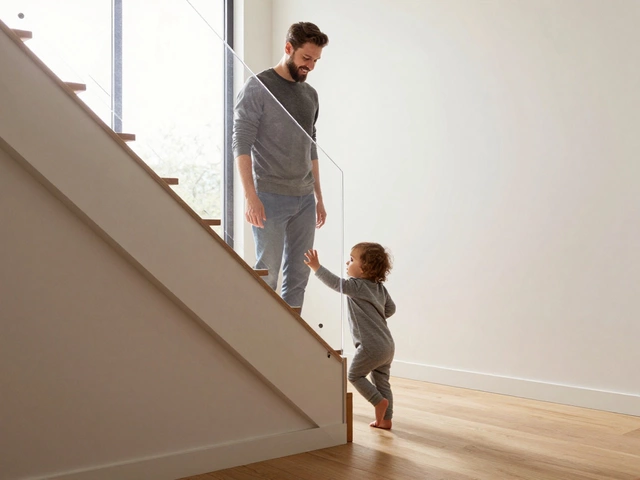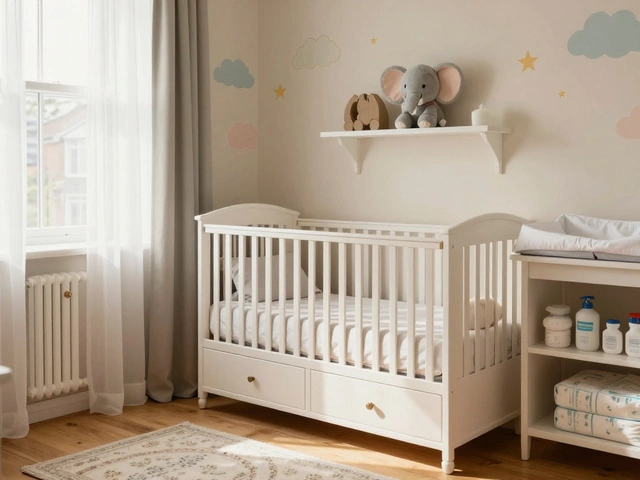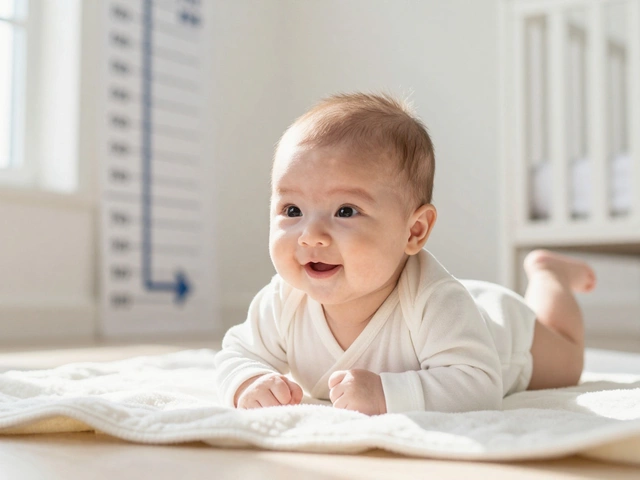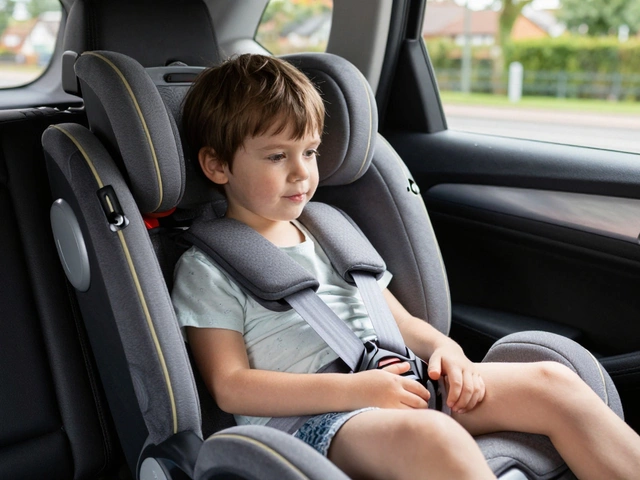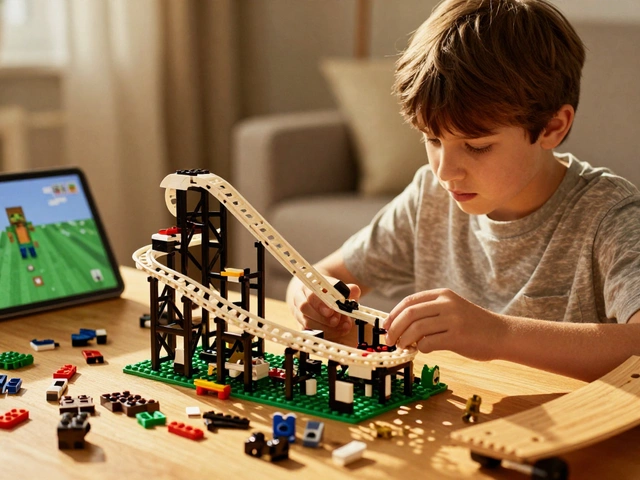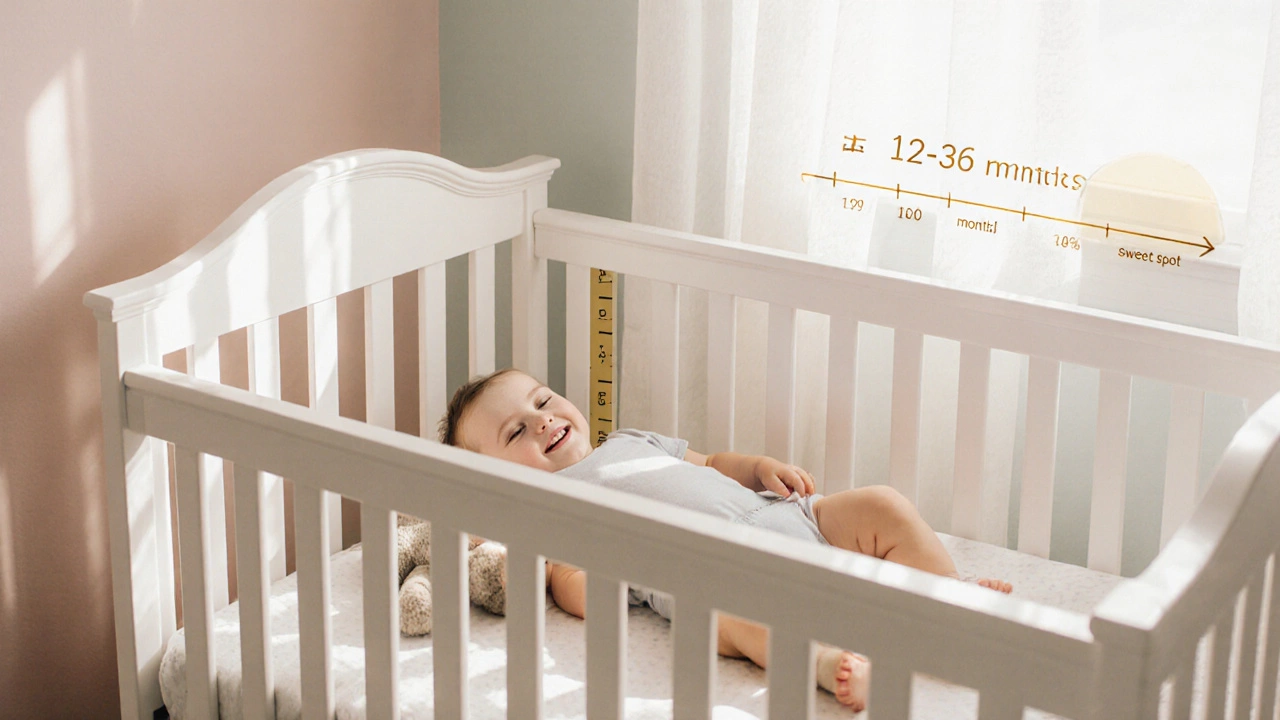
Toddler Bed Readiness Calculator
This tool helps you assess if your toddler is developmentally ready to transition from a crib to a toddler bed. Based on the information you provide, we'll give you a personalized recommendation and guidance for a safe transition.
Toddler Readiness Assessment
Your Toddler's Readiness
ReadyWondering exactly what a Toddler is and when the right time comes to move from a crib to a toddler bed? The answer isn’t a single number-it’s a blend of age, physical milestones, and sleep habits. In this guide we’ll break down the typical toddler age window, highlight the signs that say it’s time for a new bed, and give you practical tips to make the transition smooth and safe.
Understanding the Toddler Age Window
A Toddler is generally defined as a child aged 12months to 36months. This three‑year span covers rapid growth, language bursts, and the early stages of independence. While the exact cut‑off can vary by child, most experts agree that the sweet spot for a toddler bed lies between 18months and 30months.
Key Development Milestones That Signal Bed Readiness
- Standing and walking confidently - around 12‑15months.
- Climbing out of a crib without help - typically appears after 18months.
- Showing interest in a “big kid” bed - often emerges between 24‑30months.
- Being able to follow simple bedtime routines - usually by 30months.
When you notice at least two of these milestones, it’s a strong cue that the crib might be becoming a safety hazard.
Safety First: What to Look for in a Toddler Bed
A Toddler Bed is specifically engineered for early walkers. Look for these safety features:
- Low mattress platform (usually 12‑15inches off the floor).
- Guardrails on both sides to prevent falls.
- Sturdy, rounded edge frames to reduce injury risk.
- Compliance with British Standard BS EN 747, which sets out requirements for bed height, rail strength, and material safety.
These features reduce the chance of a child climbing out and hurting themselves, a common concern once a child reaches the climbing stage.
Comparing Toddler Beds and Cribs: Quick Reference
| Feature | Crib | Toddler Bed |
|---|---|---|
| Recommended Age | 0-24months (often up to 30months) | 18-30months onward |
| Mattress Height | Low (4‑6inches) - fixed | Low platform (12‑15inches) - removable |
| Side Rails | Four fixed sides | Two guardrails (optional third) |
| Mobility | Stationary | Often includes wheels for easy room rearrangement |
| Safety Standards | BS EN 716 (infant cots) | BS EN 747 (toddler beds) |
| Cost Range (UK) | £80‑£180 | £150‑£350 |
The table shows why many parents switch around the 20‑month mark: toddlers need more space to move, and the lower guardrails protect them as they start testing their limits.
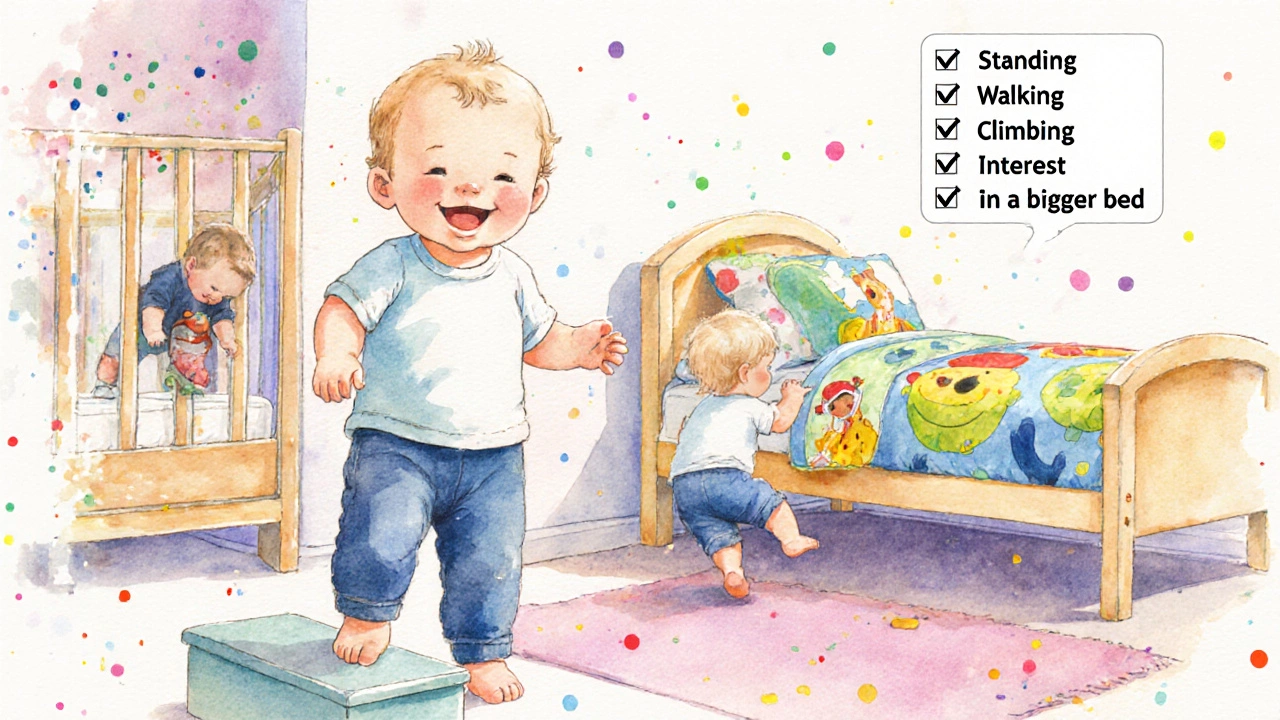
Practical Steps to Transition Smoothly
Moving from a crib to a toddler bed can feel like a big change for both child and parent. Follow these steps to keep the process calm:
- Introduce the new bed early. Let your child explore the empty bed during the day. This builds familiarity.
- Pick bedding with their favorite characters. It turns the bed into a “special” place.
- Keep the bedtime routine identical-story, song, lights-so only the sleeping surface changes.
- Place a small night‑light to ease any fear of darkness.
- Stay nearby for the first few nights. A quick pat or reassurance helps them settle.
Most families report that after a week of consistency, the child sleeps through the night in the new bed.
Common Concerns and How to Address Them
Even with the right age, parents worry about night‑time falls, disrupted sleep, or the cost of new furniture. Here’s how to tackle each:
- Falls. Use a bed with a low mattress height and install floor‑level side rails. A soft rug underneath adds extra cushioning.
- Sleep regression. Some toddlers regress when they switch beds. Keep the routine steady, and consider a transitional “sleep sack” that feels like a crib blanket.
- Budget. Look for sales during major retail events (e.g., Black Friday) and consider second‑hand options that meet BS EN 747 standards.
When to Hold Off on the Switch
If your child is still under 18months, regularly uses a pacifier for comfort, or shows extreme clinginess at night, it might be wise to stay with the crib a little longer. Forcing a move too early can lead to frequent night awakenings and increased stress for both parent and child.
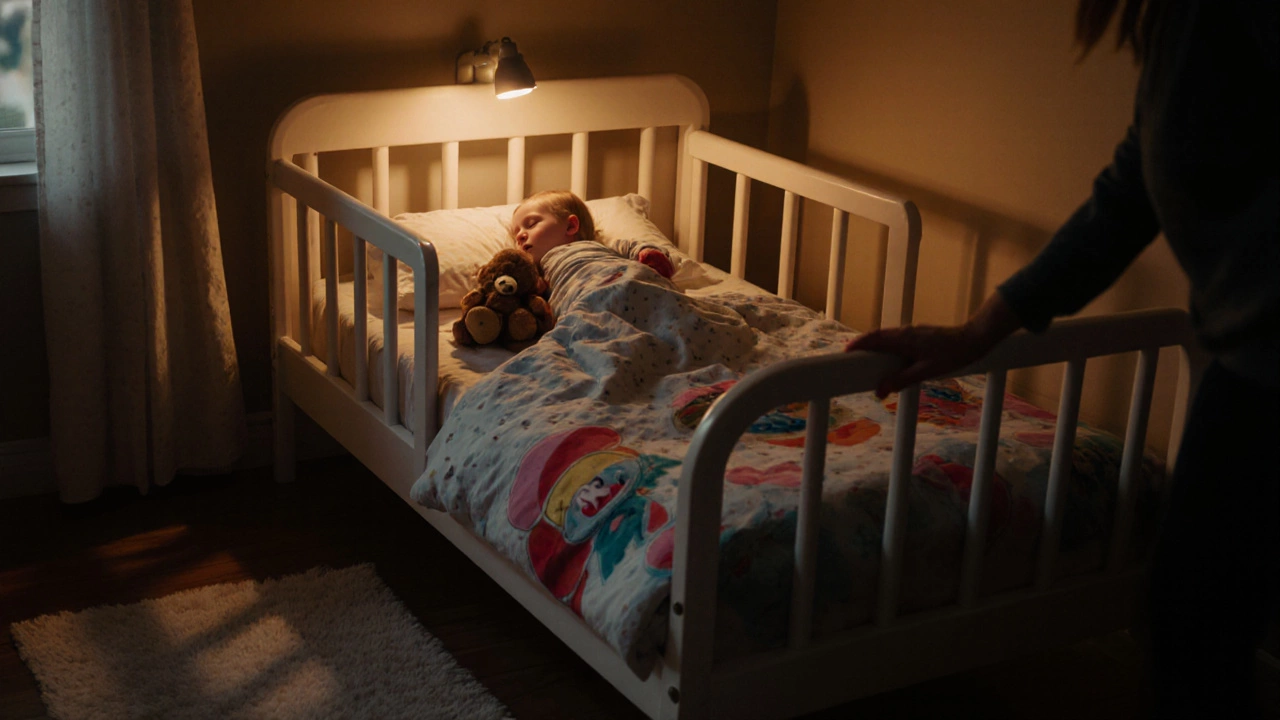
Expert Tips from Pediatricians and Sleep Coaches
British pediatrician Dr. Hannah Peters advises: “Watch for the child’s ability to get in and out of bed safely. If they’re climbing and falling, a toddler bed with guardrails is the safest next step.” Sleep coach Alan Murphy adds: “Create a visual cue-like a sticker chart-for bedtime compliance. Celebrate each night they stay in the new bed.
Quick Checklist: Is Your Child Ready?
- Age between 18‑30months.
- Can climb out of the crib without assistance.
- Shows interest in a “big kid” bed.
- Has reached key motor milestones (standing, walking).
- Room is toddler‑proofed (no sharp corners, outlet covers).
If you tick at least four items, it’s probably time to make the switch.
FAQs
What is the exact age range for a toddler?
A toddler is typically defined as a child from 12months up to 36months old. The most common window for moving to a toddler bed is 18‑30months.
Can a toddler stay in a crib past 30months?
Yes, if the child cannot climb out safely and the crib still meets safety standards. However, many experts recommend transitioning before the child develops strong climbing abilities to avoid falls.
Do I need a special mattress for a toddler bed?
A firm, breathable mattress that fits the bed’s dimensions is best. Look for a mattress that complies with UK fire safety regulations (BS 6557).
How can I make the bedtime routine easier after the switch?
Keep the same story, song, and lighting cues you used with the crib. Adding a small night‑light or a favorite stuffed animal can provide comfort.
What safety standards should I check for a toddler bed?
In the UK, look for compliance with British Standard BS EN 747, which covers bed height, rail strength, and material safety.
Ready to make the switch? Choose a bed that meets the safety standards, match it to your child’s developmental stage, and enjoy the new bedtime independence.


